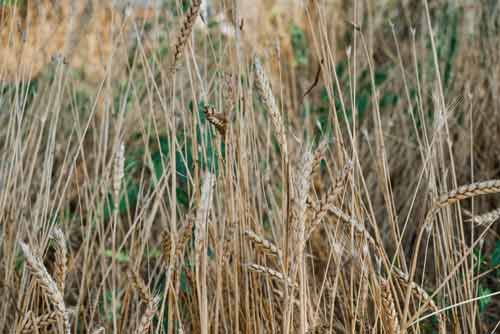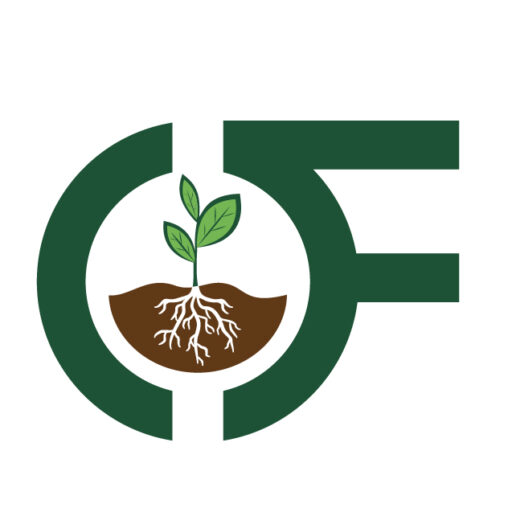The Impact of Weather Conditions on Grass for Hay Production: Pasco’s Seasonal Challenges
As a leading hay company in Pasco, we understand the crucial role that weather conditions play in grass growth and hay production. The factor that weather plays is large and can be a difference maker for the farmer that can adjust to weather for the sake of a good harvest. We’ll delve into Pasco’s seasonal challenges and how weather impacts the quality and yield of grass for hay production.

(Dry ears of wheat among the grass blurred background closeup with selective focus)
Weather Factors Affecting Grass Growth:
Pasco, Washington, experiences a diverse range of weather conditions throughout the year, each of which exerts a distinct influence on the growth and development of grass used for hay production. Temperature, precipitation, and sunlight are among the primary weather factors that significantly impact grass growth in this region.
During the spring months, Pasco typically encounters milder temperatures and increased precipitation, creating favorable conditions for grass growth. The combination of warmer weather and adequate rainfall stimulates grass emergence and accelerates vegetative growth, laying the foundation for robust hay production later in the season without much need of a fertilizer for hay production.
However, as Pasco transitions into the hot and dry summer months, grass growth faces challenges posed by prolonged periods of heat and limited moisture. High temperatures and water scarcity can induce dormancy in grasses, stunting growth and reducing overall biomass accumulation. Supplemental irrigation may be necessary to sustain grass productivity and ensure optimal hay yields during these arid conditions.
In the fall, Pasco experiences cooler temperatures and reduced daylight hours, signaling the onset of dormancy in grasses. While grass growth slows down during this period, it remains essential for hay producers to monitor weather forecasts closely and schedule harvest operations before the arrival of frost. Timely harvesting helps preserve hay quality and minimizes the risk of weather-related damage to the crop.
Throughout the winter months, Pasco encounters cold temperatures and occasional snowfall, effectively halting grass growth until the arrival of spring. Despite the dormancy period, grasses require adequate protection from frost and extreme weather events to ensure their survival and regrowth in the following growing season.
Pasco's Seasonal Challenges against Hay Products:
Pasco, Washington, encounters a distinct set of seasonal challenges that significantly impact hay production throughout the year. From the vibrant emergence of spring to the frosty embrace of winter, each season presents its own hurdles for hay producers to overcome.
During the spring months, Pasco experiences a surge in grass growth as temperatures begin to rise and rainfall becomes more abundant. While this period offers favorable conditions for vegetative development, hay producers must remain vigilant against unpredictable weather patterns, including sudden temperature fluctuations and heavy rainfall. These factors can disrupt planting schedules, delay fieldwork, and increase the risk of soil erosion, posing challenges for timely hay production.
As Pasco transitions into the scorching heat of summer, hay producers face the formidable challenge of managing water scarcity and heat stress. High temperatures and limited rainfall can parch pastures, slowing grass growth and reducing hay yields. To mitigate these challenges, farmers may implement irrigation strategies, adjust harvesting schedules, and monitor livestock health closely to ensure adequate forage availability throughout the season.
Weather Impacts on Hay Quality and Yield:
The quality and yield of hay are intricately linked to prevailing weather conditions, making weather patterns a critical factor in hay production outcomes. Throughout Pasco’s varying seasons, weather events exert a profound influence on hay quality, nutritive value, and overall yield potential.
Temperature fluctuations, precipitation levels, and sunlight exposure directly impact the nutritional content and physical characteristics of hay. During periods of optimal weather conditions, such as mild temperatures and adequate rainfall, hay crops thrive, resulting in higher yields and superior quality forage. Conversely, extremes in weather, such as droughts, heatwaves, or heavy rains, can have detrimental effects on hay production. Prolonged drought conditions may lead to stunted growth and reduced biomass accumulation, resulting in lower hay yields and decreased nutritional value. Similarly, excessive rainfall can saturate fields, impede harvesting operations, and increase the risk of mold or spoilage in stored hay, compromising its quality and marketability upping the cost of hay production.
Conclusion:
In conclusion, weather conditions play a critical role in grass growth and hay production in Pasco. By understanding Pasco’s seasonal challenges and implementing appropriate management practices, hay producers can mitigate the impact of weather on hay quality and yield. As a hay company committed to delivering high-quality hay products, we prioritize sustainable farming practices and adaptability in the face of changing weather conditions.

